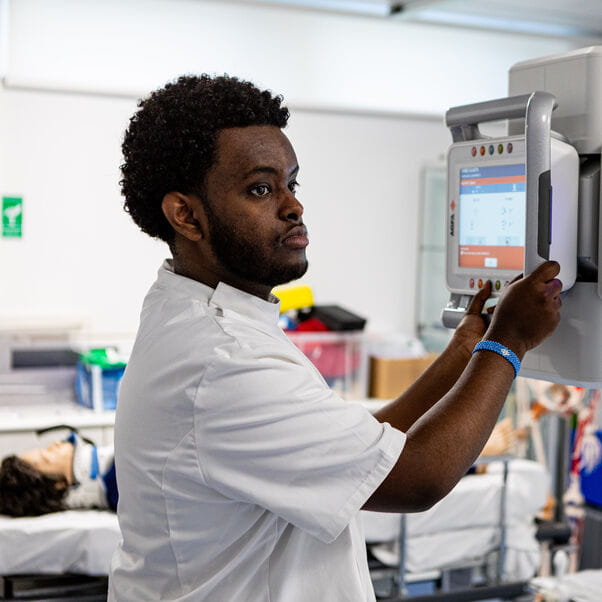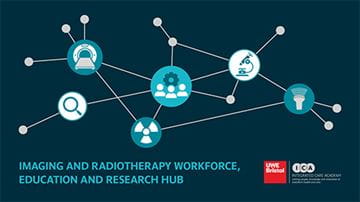Improving Patient Pathways through Radiographer-Led Community Diagnostics
Background
Community Diagnostic Centres (CDCs) are pivotal to delivering localised, accessible, and timely diagnostic services. However, most CDCs are reliant on secondary care for critical functions like vetting, reporting, and contrast administration, resulting in delays and inefficiencies.
The vision of Radiographer-Led Community Imaging Services (RLCIS) addresses these challenges by empowering radiographers to lead diagnostics, manage workflows, and streamline patient care. This approach aligns with Lord Darzi's recommendations to decentralise services and reduce hospital dependency, enhancing the diagnostic experience for patients and staff alike.

Objectives
- Establish radiographer-led services in CDCs to improve diagnostic efficiency.
- Reduce hospital dependency by decentralising critical diagnostic functions.
- Enhance patient care through faster workflows and localised services.
- Expand direct access to imaging for community-based clinicians, focusing on underutilised pathways where delays persist.
- Develop sustainable training pathways to prepare radiographers for advanced practice roles.
About the project

The Imaging and Radiotherapy Workforce, Education and Research Hub (IRWERH) leverages a co-production approach to address skill gaps and develop radiographer-led diagnostic services in CDCs.
Through collaboration with NHS trusts, Integrated Care Boards (ICBs), and private operators, the initiative focuses on creating training pathways that equip radiographers to independently vet, administer contrast, and evaluate imaging.
By decentralising hospital control, CDCs can provide faster diagnostics, reduce patient waiting times, and improve accessibility for underserved communities.
Evidence base
To ensure the proposed model effectively addresses existing challenges, further research is required to produce clear evidence of the problems within current CDC workflows. This includes assessing inefficiencies, hospital dependencies, and patient delays.
A combination of service evaluations, stakeholder feedback, and quantitative analysis (for example, waiting times, referral bottlenecks) will help justify the need for radiographer-led services and guide future implementation.
The project comprises two phases:
- Needs Assessment and Stakeholder Engagement
- Qualitative research with radiographers, healthcare providers, CDC managers and commissioners to identify skill gaps and training needs.
- An interim report summarising findings to inform training development.
- Pathway Development and Validation
- Co-produced training modules aligned with NHS standards.
- Workshops to refine content and ensure regulatory compliance.
Impact
For Patients
Faster access to diagnostics and reduced waiting times enhancing care quality and outcomes. Localised services ensure greater equity and convenience, particularly for underserved communities.
For General Practitioners
Enhanced access to imaging and results, particularly in areas where delays persist due to hospital-led processes. This initiative aims to reduce bottlenecks, improve direct referral pathways, and expand access to community-based diagnostics for primary care clinicians.
For Radiographers
Supporting radiographers with autonomous roles promotes professional growth, job satisfaction, and retention.
For Services
Reduced hospital dependency streamlines workflows, alleviates radiologist workloads, and improves efficiency across healthcare settings.
Next steps
- Carry out research to identify inefficiencies, secondary care dependencies, and patient delays in CDC workflows.
- Use service evaluations, stakeholder feedback, and data analysis to build evidence for radiographer-led services.
- Pilot the training pathway in selected CDCs.
- Evaluate outcomes and refine the model for broader implementation.
- Expand partnerships to include technology integration, such as AI tools.



